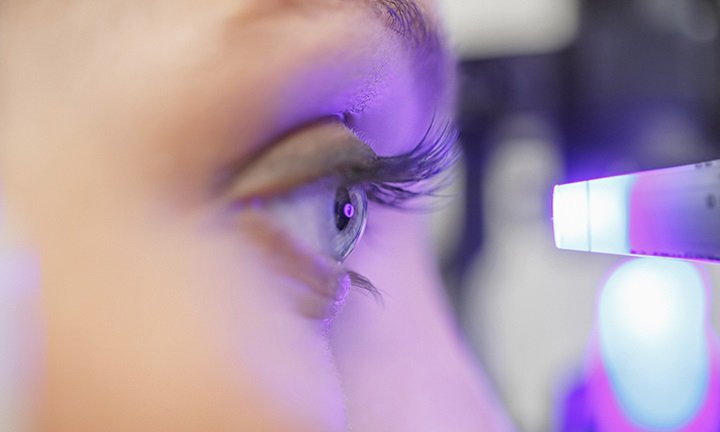By: Prof (Dr.) Subhash Gupta
Advancements In treatment modalities for liver ailments in the past few years are boon to the patients by improving treatment outcomes and prolonging life. There are newer treatment protocols such as splenic artery embolization whereby liver pressures can be decreased and transplant can be delayed. Although the results of liver transplant have improved considerably, there is a pressure on a family to undergo a major operation for donation. It would be desirable to extend the life of existing liver as much as possible and limit transplant to those who will survive less than 3 months without transplant. Let me highlight what all has become possible in treatment of liver disease.
- Liver cancer: There are 3 main types of liver cancer. The first is hepatocellular cancer which develops in an individual with liver disease. If identified early, we can now treat it without surgery by local ablative therapy. This not only cures the cancer but also delays the progression of liver disease and transplant can be delayed.
The second type of liver cancer is from the bile ducts and in many cases they can be respected successfully or if they cause jaundice, stents can be placed to relieve the jaundice. Effective chemotherapy can also be offered to these patients once resection has been done to ensure that it does not come back again.
The third type is what is known as secondary liver cancer which means that it started from another organ in the body and then has spread to the liver. These can be quite difficult to treat but in the case of secondary colon cancer surgery and chemotherapy may considerably prolong life.
- Living donor transplant results have improved considerably with improvement in techniques and postoperative management. Gone are the days when liver transplant surgery would result in considerable disruption in the family of the affected patients. The entire transplant preparation, surgery and recovery can now happen in less than 6 weeks and thereafter the patient can return to his hometown and follow up visits can be organised either through phone, email or WhatsApp. Tweaking of drugs is needed in the first three months quite frequently. Patients can be taught to fill up a follow up chart and once that is sent to us, we can advise changes in medication.
- Donors can now expect smoother and less painful recovery with smaller and smaller cuts to remove the liver. Laparoscopic techniques have allowed completion of surgery by keyhole access and only a small cut is necessary to remove the organ. Unfortunately the liver graft is of considerable size and a cut will be necessary to retrieve the liver graft. Robotic surgery has also become popular and the complete donor liver surgery can be done by the robotic arms and liver removed by a small cut which can be placed in a covered part of the body. Robotic surgery is not only beneficial for the donor but also for the surgeon as he or she can sit comfortably and operate. It is possible that in the future the recipient surgery can also be done robotically as it has become common in kidney transplantation.
- Development of biodegradable stents: Bile duct strictures have decreased in frequency but still continue to plague the occasional patient. Biodegradable stents can be placed by a one-time procedure and does not require frequent exchanges as it stays inside, expands and dissolves once the structure has dilated.
- Liver Transplant across different blood groups: 2022 saw major advances as living donor liver transplant has become highly successful across blood groups. As families have become smaller, this was a major hurdle for transplant in India as unrelated liver transplant is not allowed in India.
- Liver transplant for extremely sick patients: With improvement in technique, pain control, perioperative nutritional support and overcoming postoperative complications, liver transplant is now possible in patients who are on the ventilator or renal dialysis for renal failure.
- Combined procedures: Patients with more than one organ damage such as severe cardiac value endocarditis and liver failure can undergo successful combined procedures in our Centre. Similarly, combined liver and kidney transplant can be carried out.
- Transplants in small babies; previously low weight babies were a difficult group to transplant. This year we showed that if the baby was extubated at the end of the procedure, the outcome in these small babies would improve considerably. Over 100 babies have now been transplanted successfully using these techniques.
- Swap transplants: Good team work has enabled paired exchange transplant to be carried out successfully. In 2022, we published 34 such pairs who underwent this procedure where if one was not suitable for a recipient, he or she was matched with another pair and the donors then became compatible. This was regarded as a major feat in the field of living donor liver transplant. As each living donor transplant is a long procedure, this has only been possible by excellent teamwork.
- Smaller grafts: Many patients are not suitable for transplant if their donor has a smaller liver. In 2022, we showed that liver volume did not affect outcome if all hepatic veins were reconstructed. (The author is the Chairman – Centre for Liver & Biliary Sciences, Liver Transplant and Biliary Sciences, Robotic Surgery, Max Super Speciality Hospital, Saket, New Delhi)












